Somaliland. Part II. CitiesMap
March In the process of fighting for its independence, which remains completely unrecognized to this day, Somaliland lost practically everything we’re usually interested in when it comes to cites. If there ever were any pretty streets with nice buildings here, they were bombed to the ground. 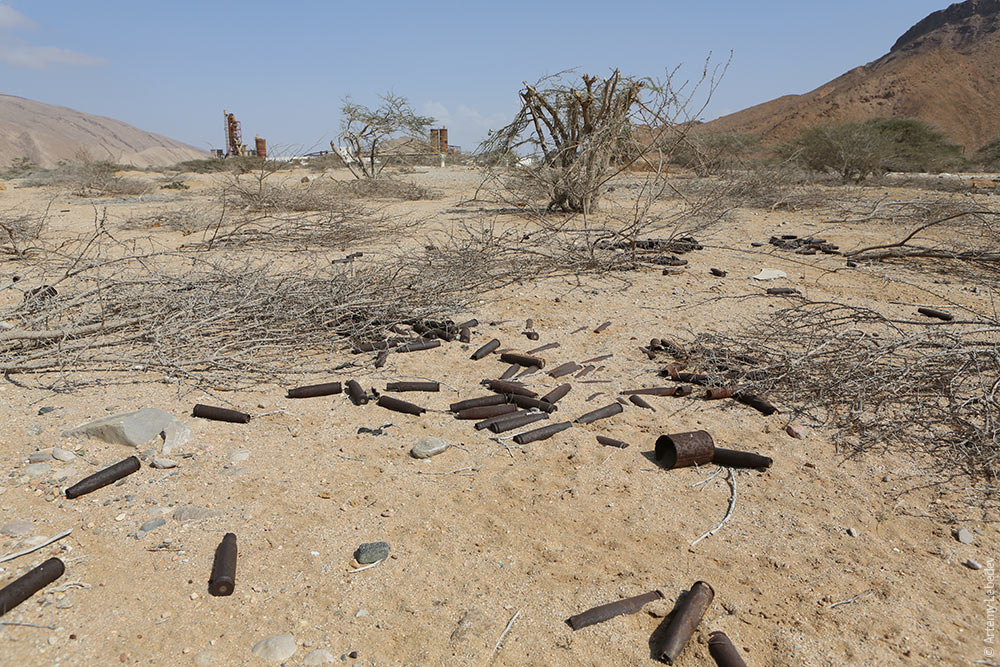 ZeilaMapA once flourishing seaport has become a dull, dusty village. 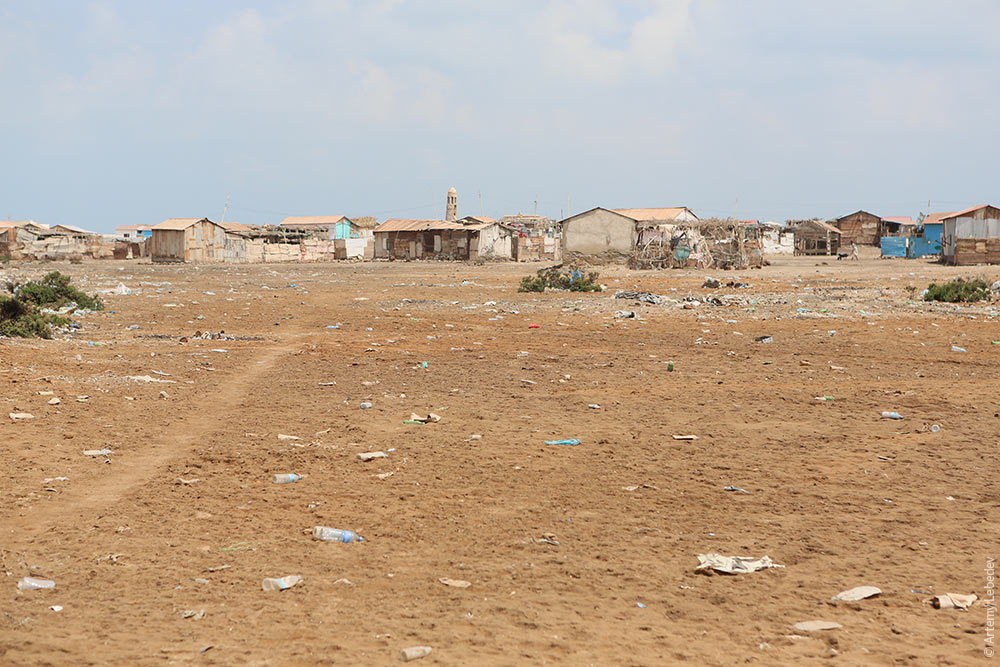 Some ruins allow you to picture where the streets once were. 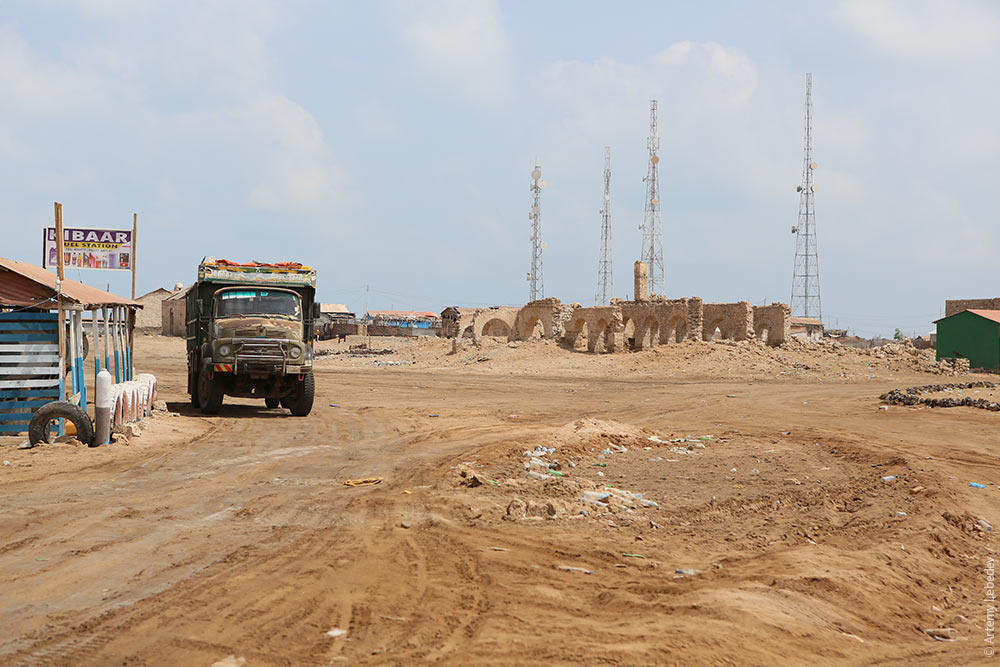 Other ruins allow you to see that this was previously a well-populated city. 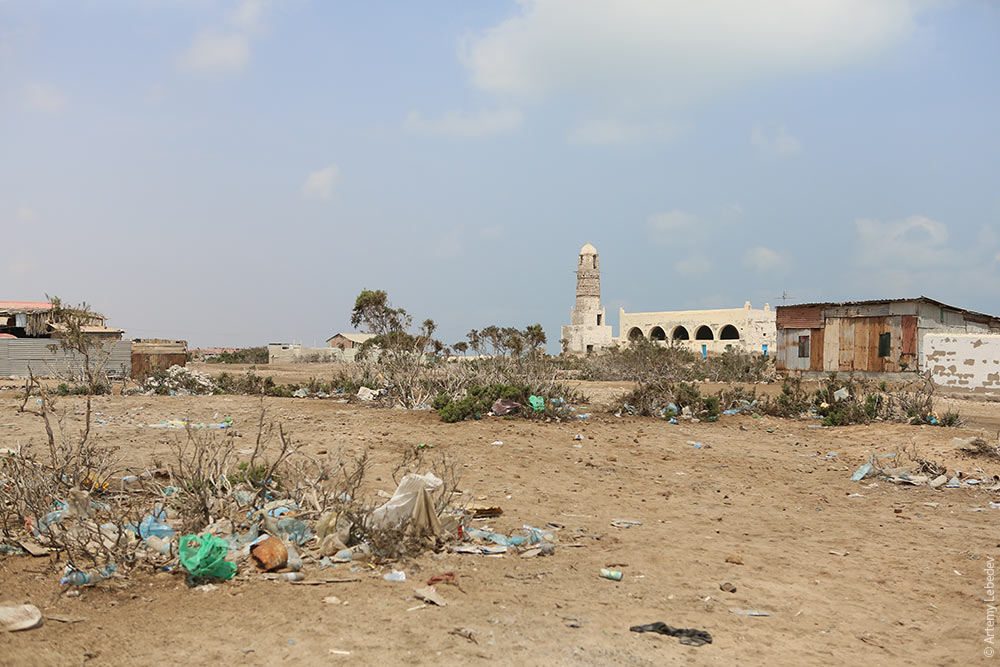 This is one of the first mosques ever built in the world. 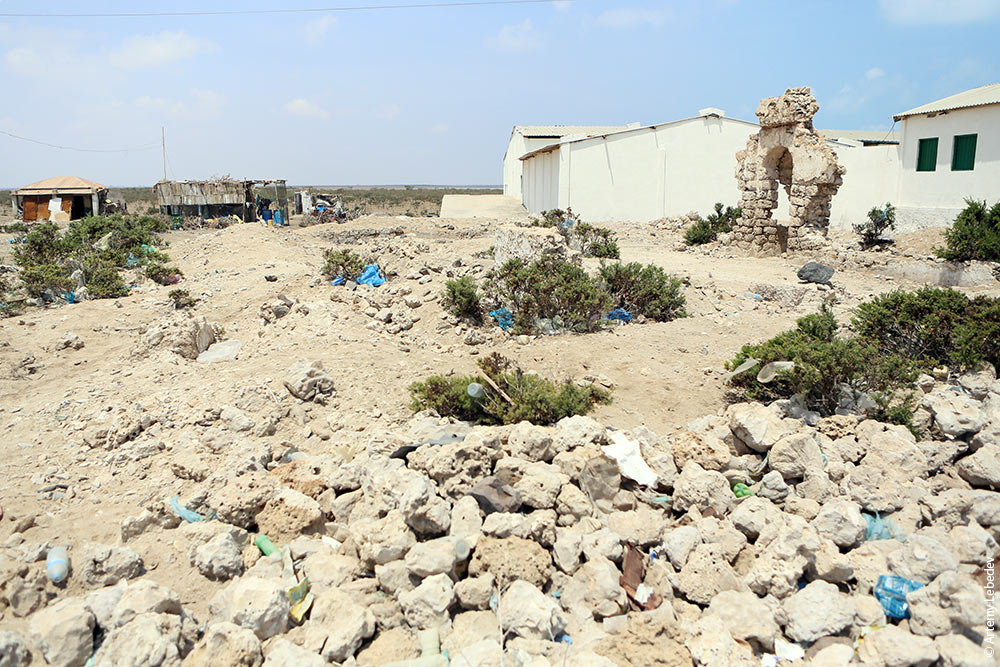 After the war, people built new homes however they could and out of whatever they could find. 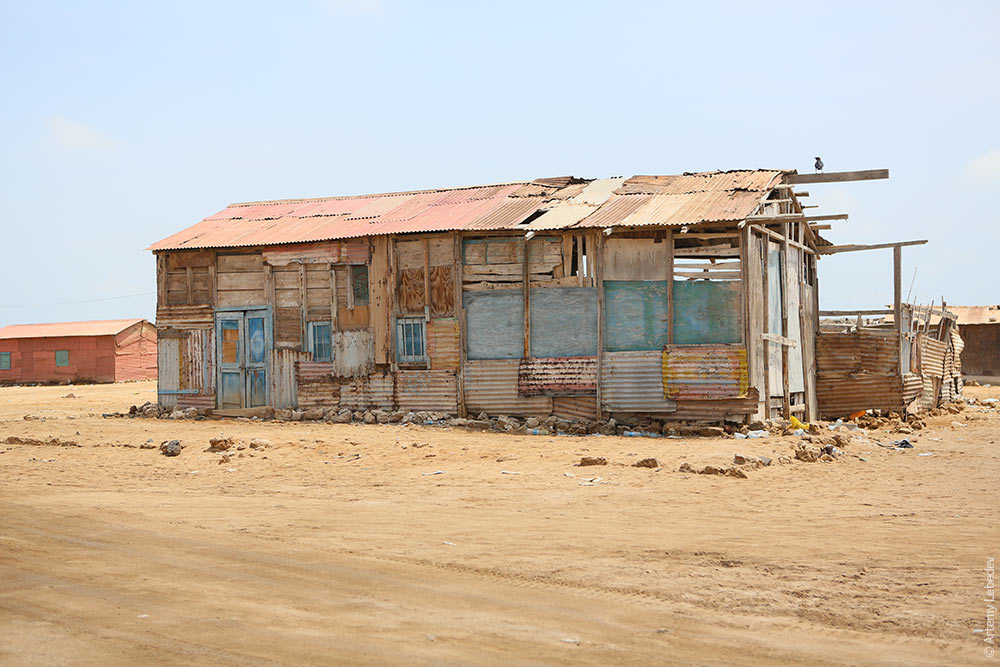 Someone’s purchased a freezer. 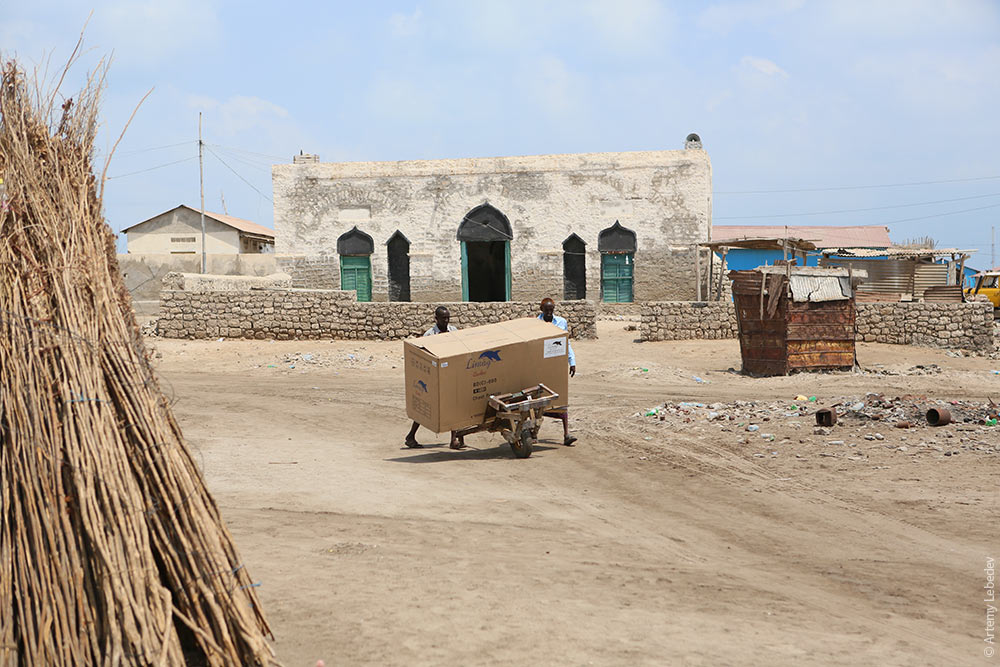 Somaliland is a clan-based society. The clans fight, divide up power amongst themselves, and organize every aspect of the nation’s life. When the country was formed, the ministerial posts were distributed among different clans so that no one would feel slighted. Each clan is tied to a particular territory, which is why the Ministry of Sports and the Ministry of Fisheries ended up in Zeila. The Minister of Sports is the one in the plaid shirt. 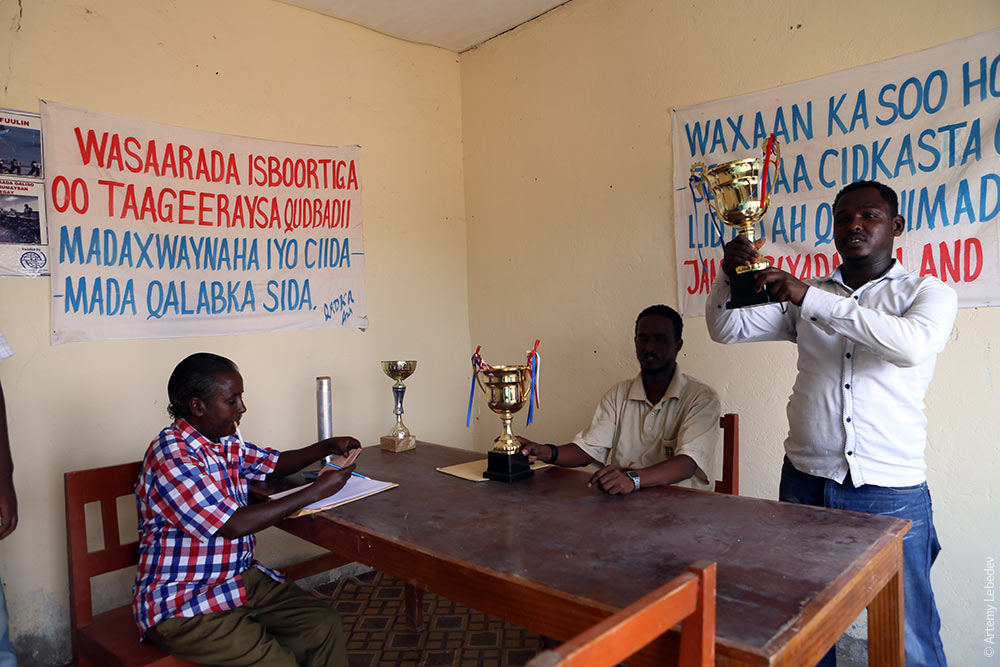 HargeisaMapThe currency exchanges on the street boggle the mind. A sheet of cardboard is placed on the ground, and a cubic meter of banknotes is laid out on top of it. 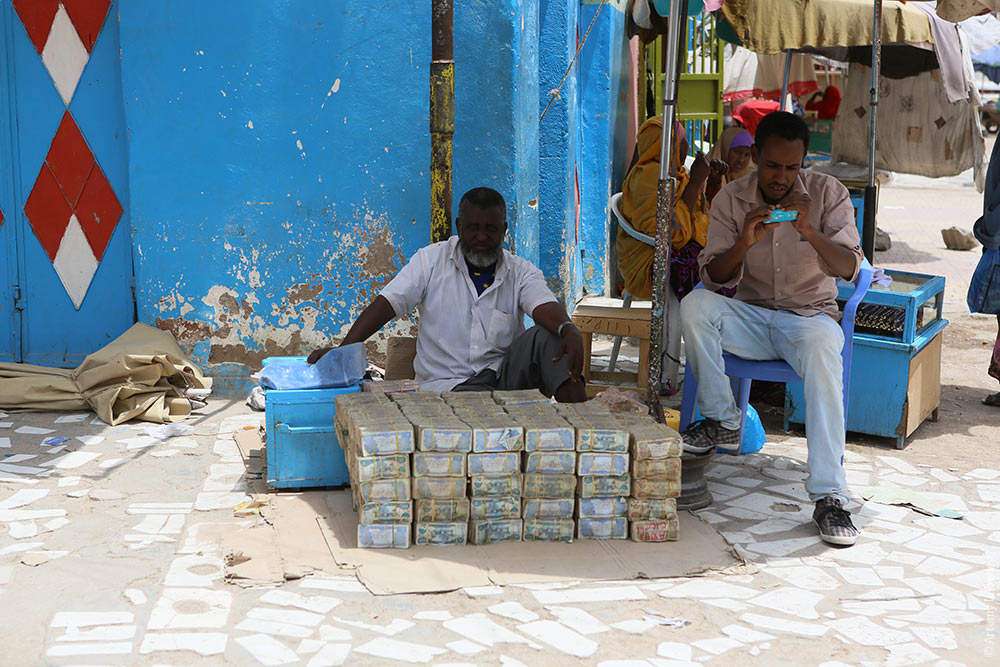 If someone needs to exchange a large amount at once, the cash can be conveniently transported in a wheelbarrow. Theft isn’t very common in Somaliland, so money doesn’t need to be secured behind bars. 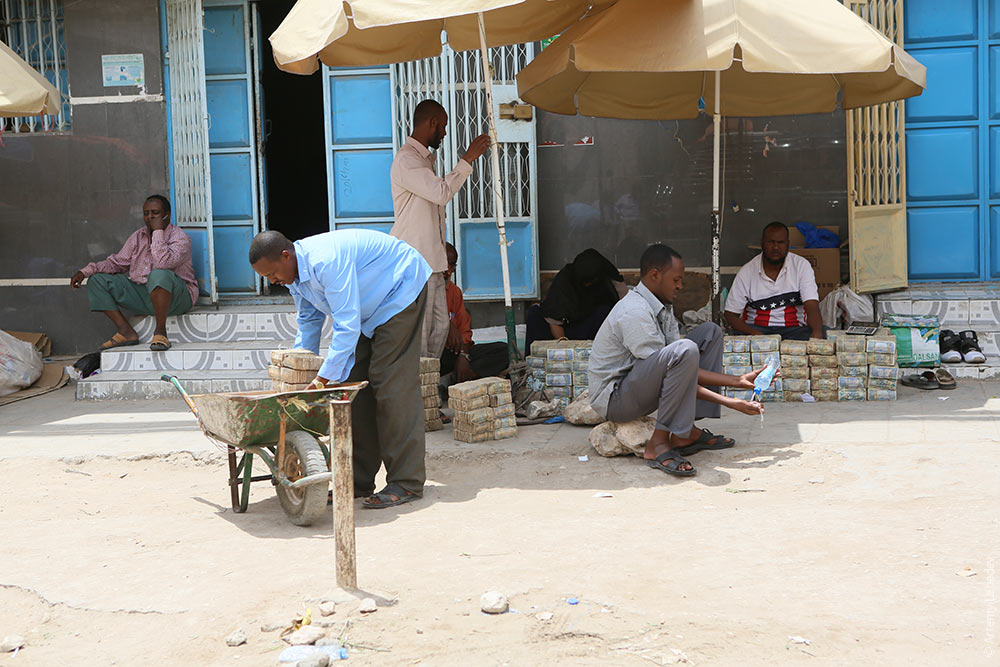 There’s active construction going on in the capital, but absolutely nothing to see.  The façades of all the stores and offices are decorated with detailed illustrations. 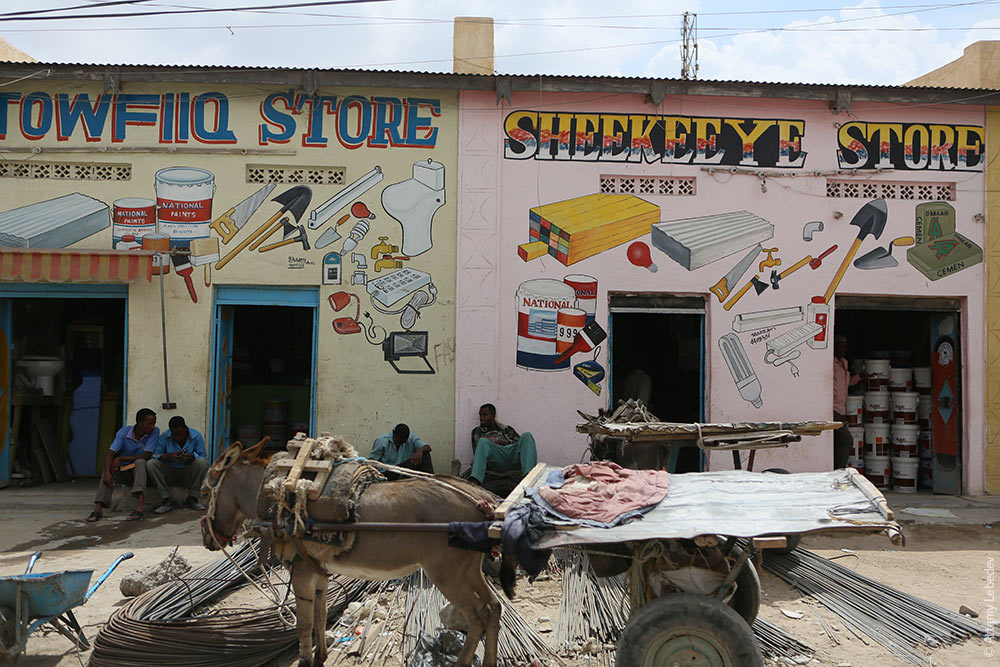 A gas station.  A traffic light. 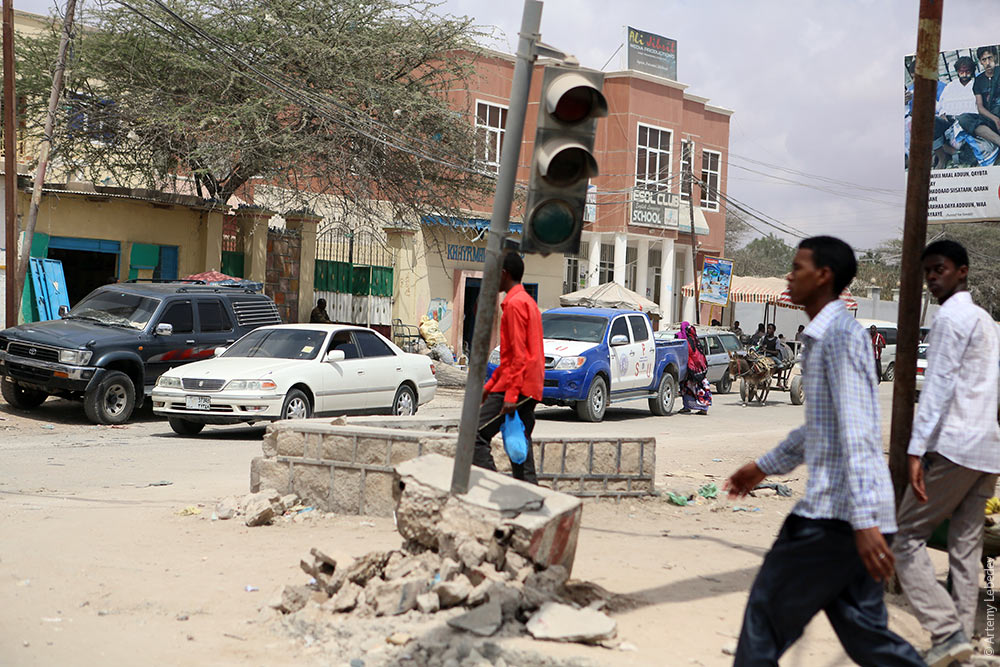 An avenue. 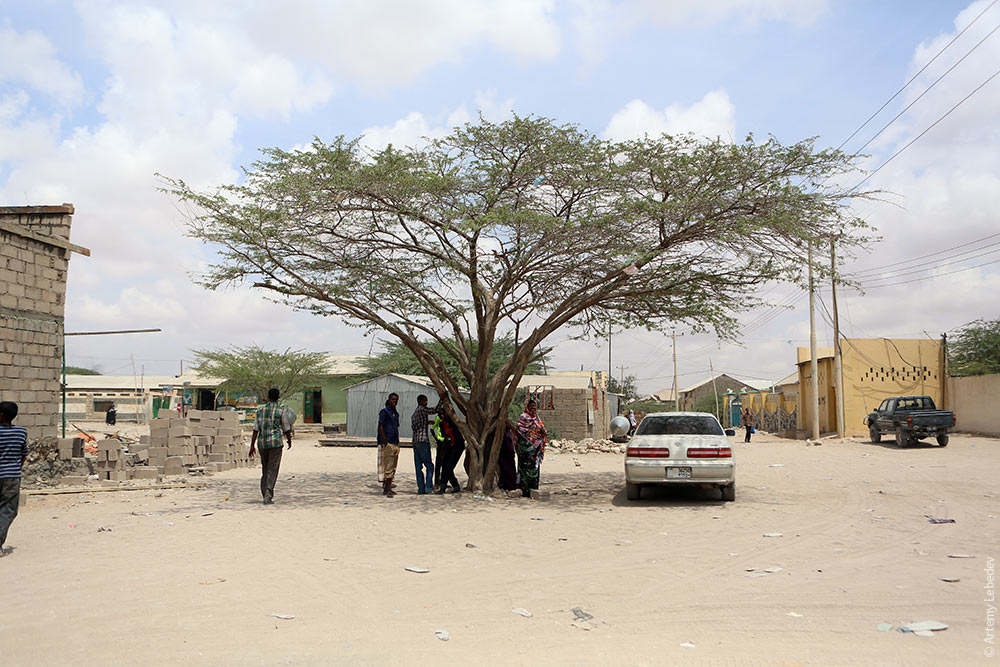 A boulevard. 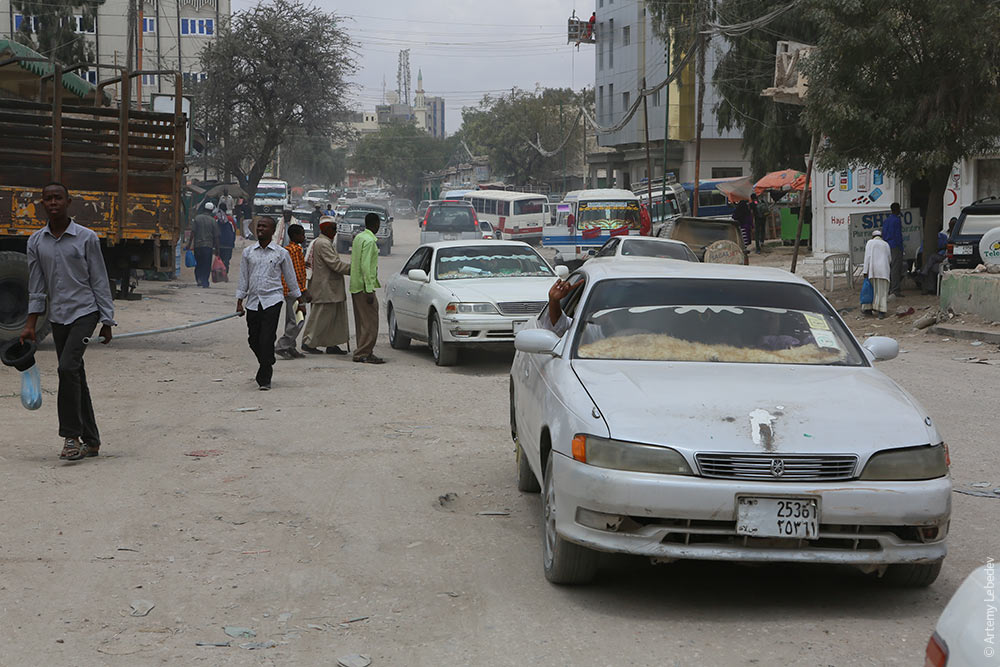 A river. 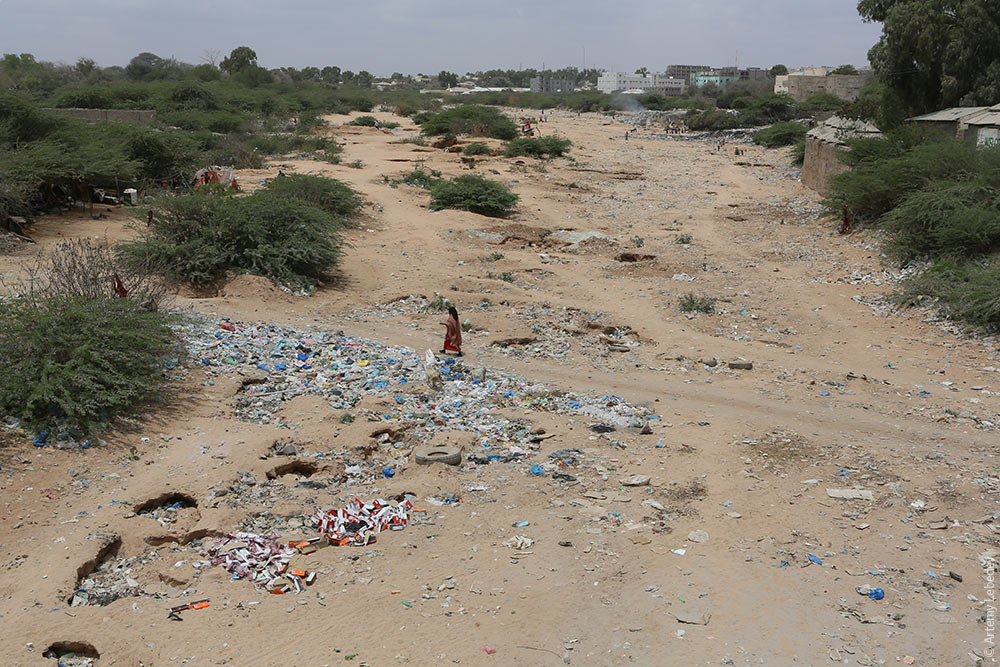 Utility poles. 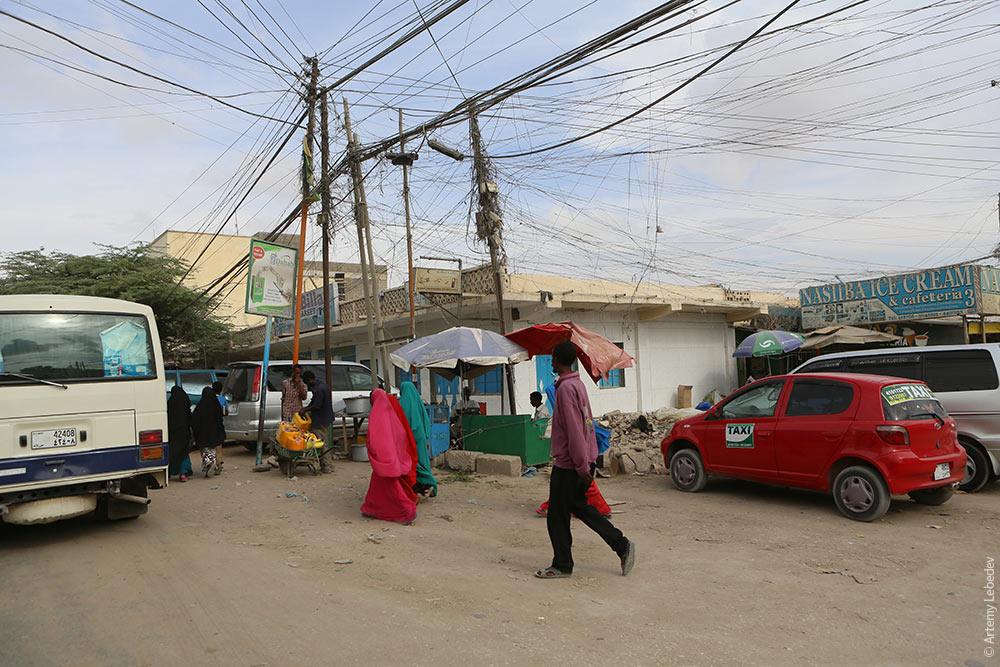 A tank. 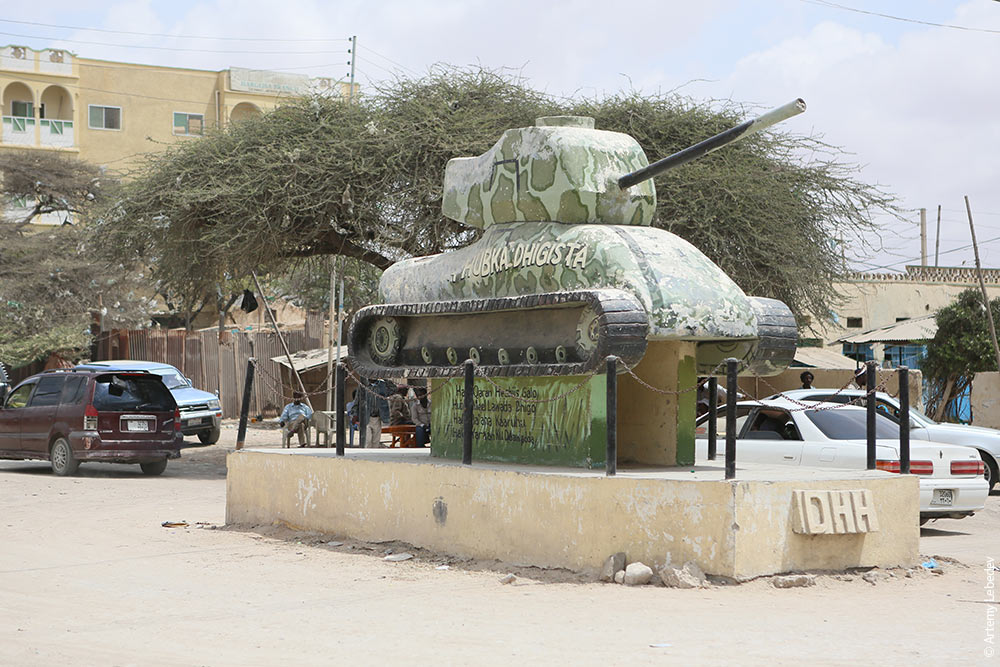 The main sightseeing attraction is a trophy MiG that formerly belonged to the Somali army. 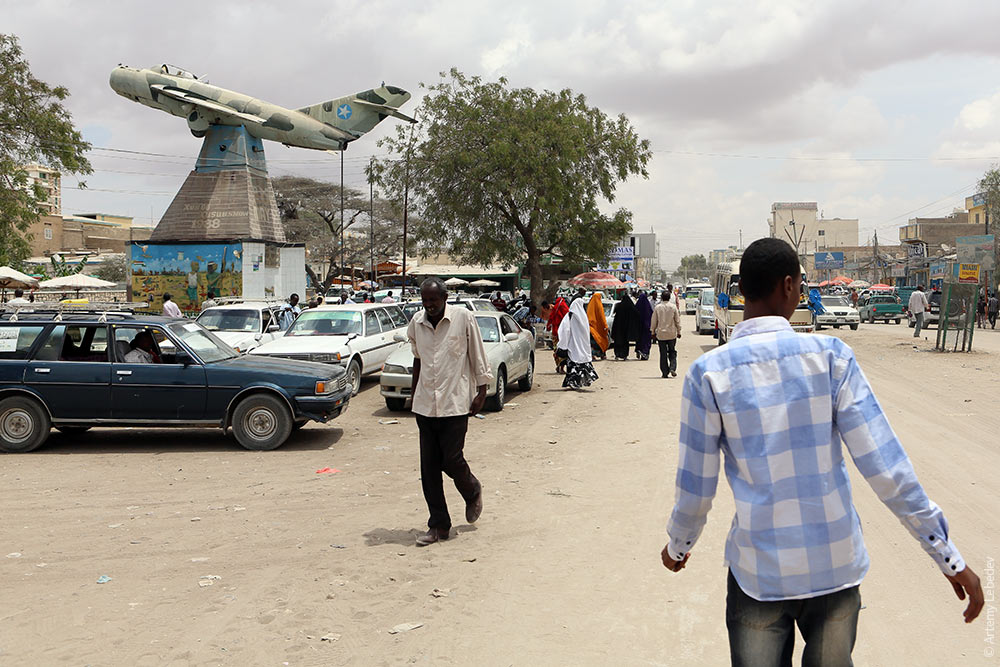 The pedestal features colored bas-reliefs of freedom fighters with torn-off limbs. 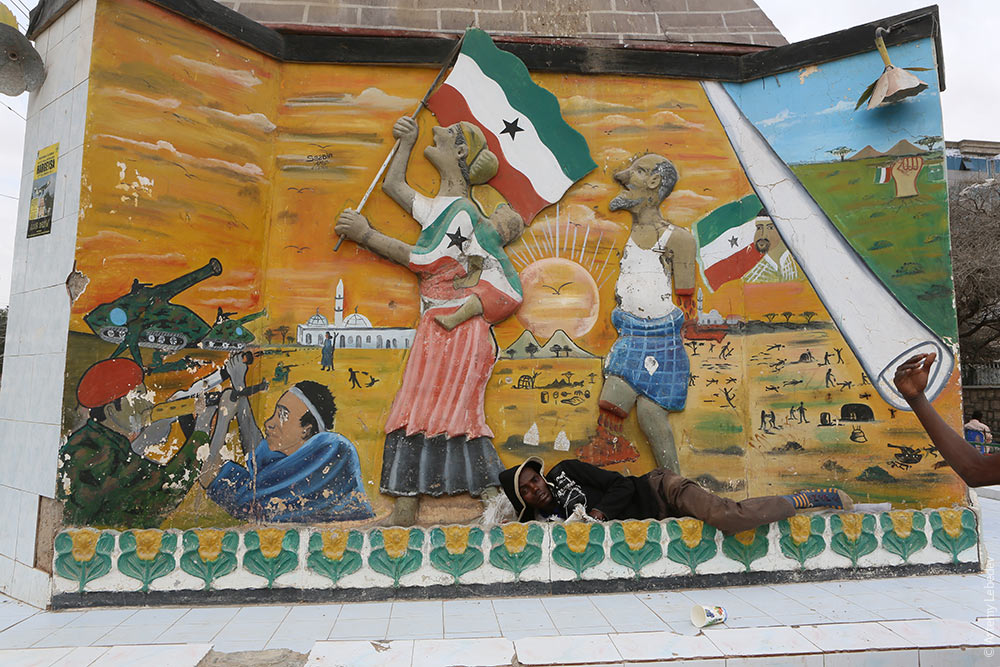 Empty powdered milk cans make excellent seating for café patrons. 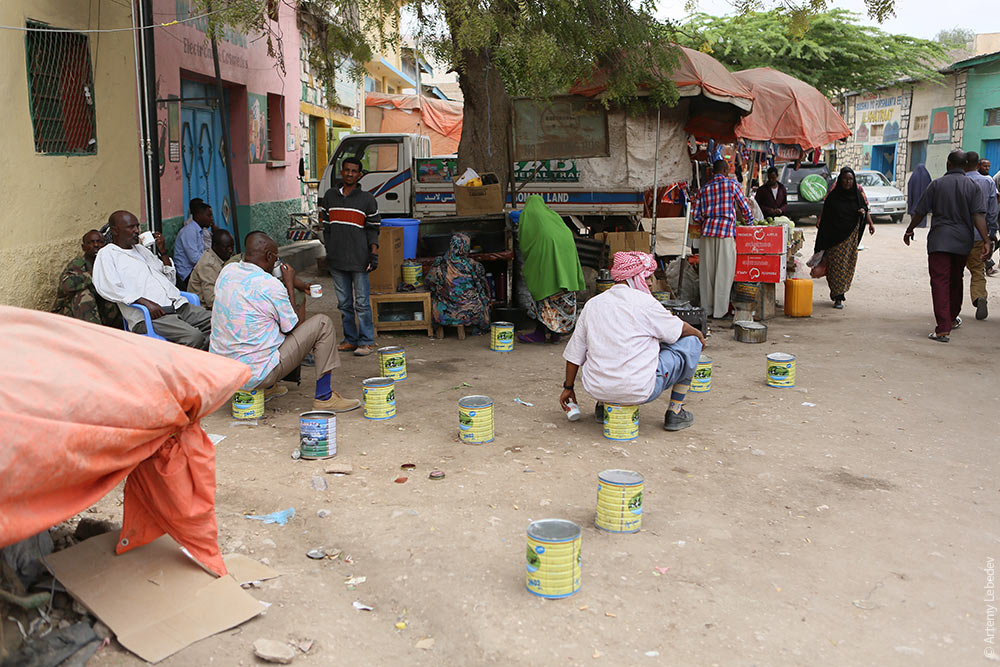 A street name sign. 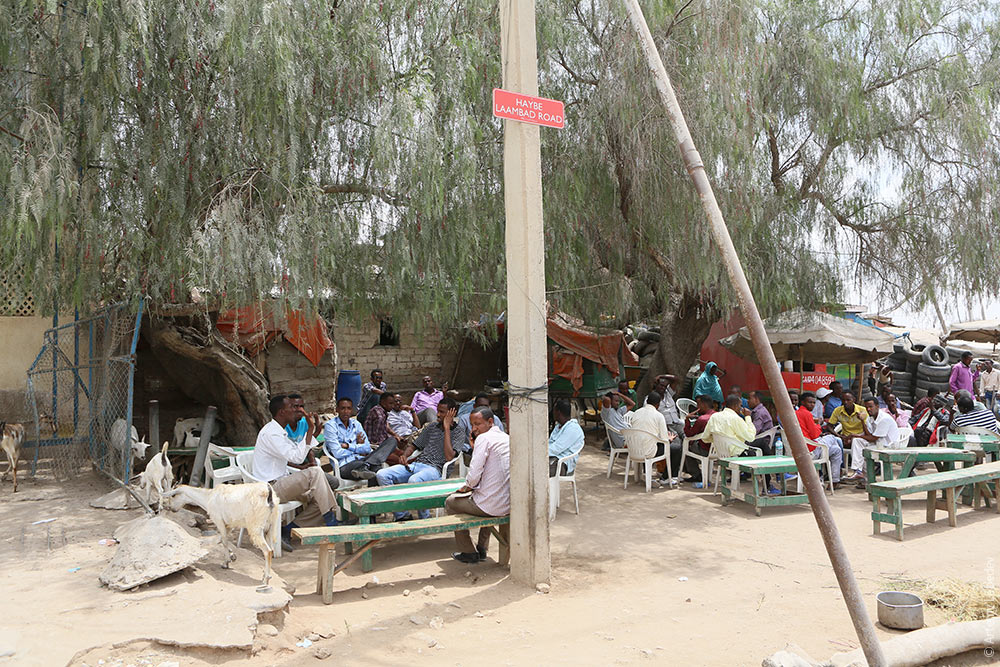 A hospital. 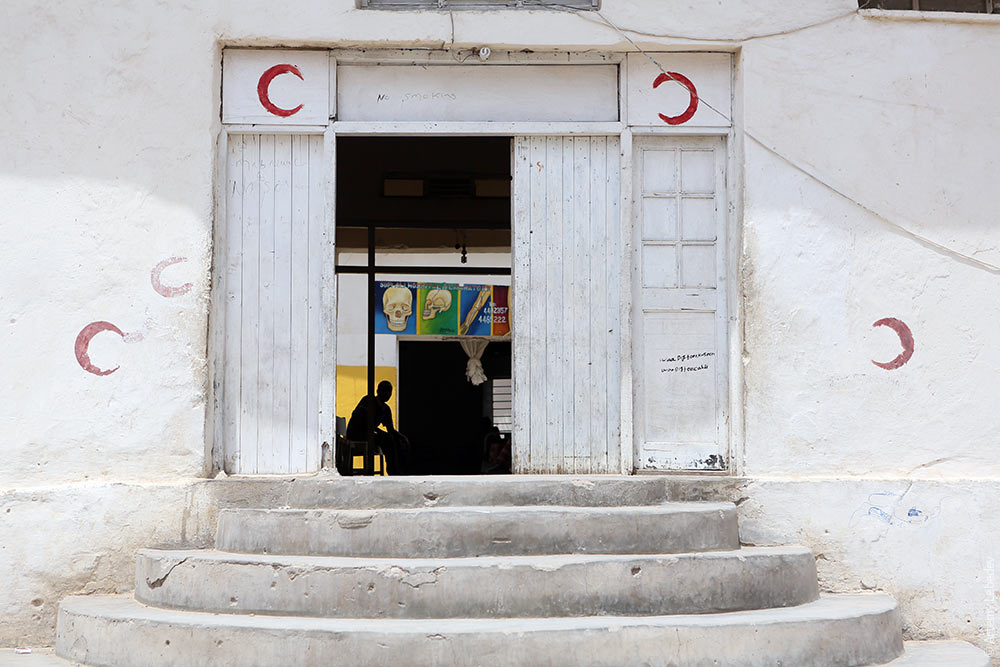 A driving school.  Every bus or fixed-run taxi has a company logo on its front doors. The logos are pretty and resemble passport stamps. 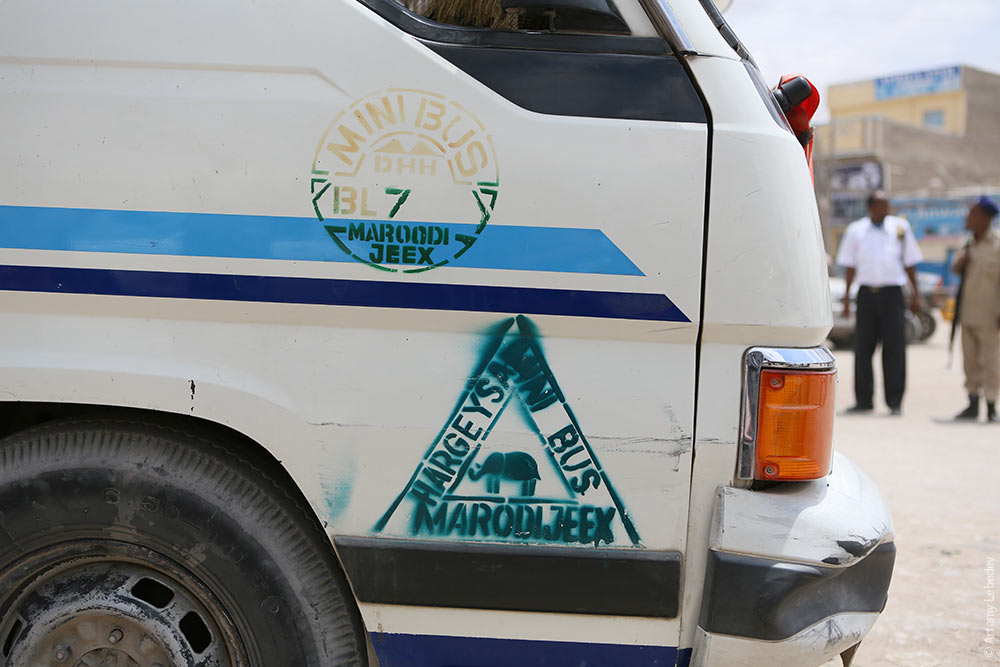 A PSA billboard depicts a citizen attempting to stop a road roller. 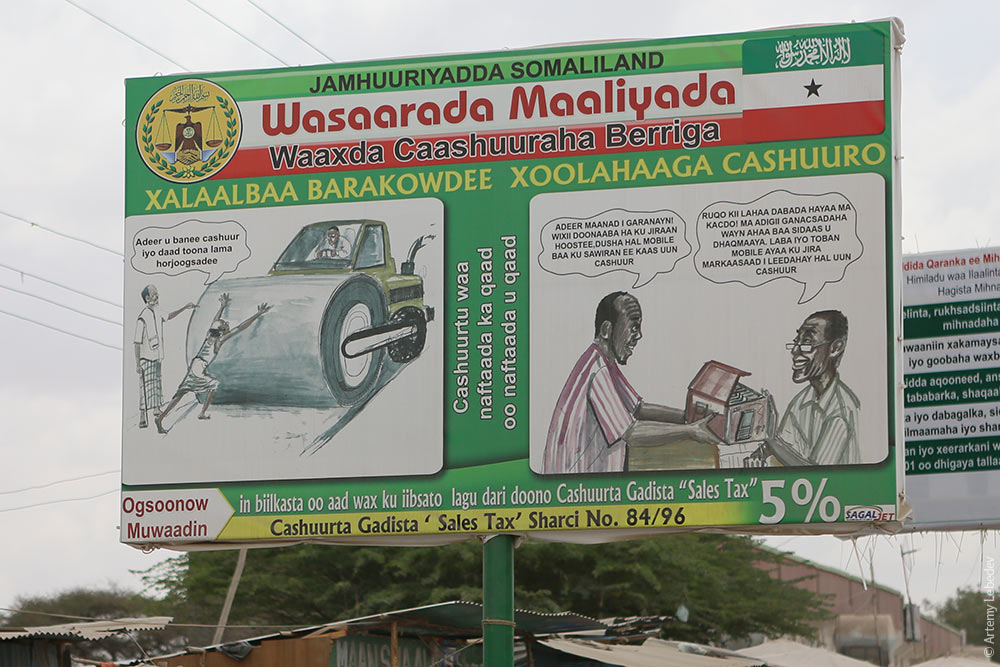 To sell a goat, you need to smear some black glue on its behind and stick on a price tag. The tags still fall off constantly, though. 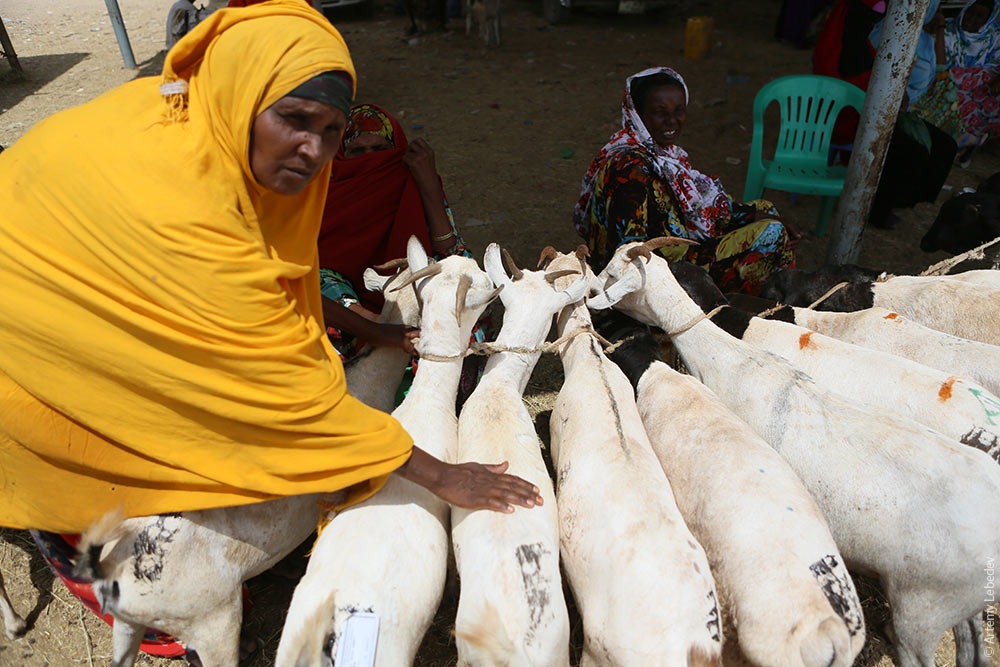 Laas GaalMapThere are caverns with ancient cave paintings on the way from Hargeisa to Berbera. If Somaliland were a separate country, this place would immediately be given World Heritage Site status, you could build a bunch of hotels and restaurants around it, and tourists would come in droves. 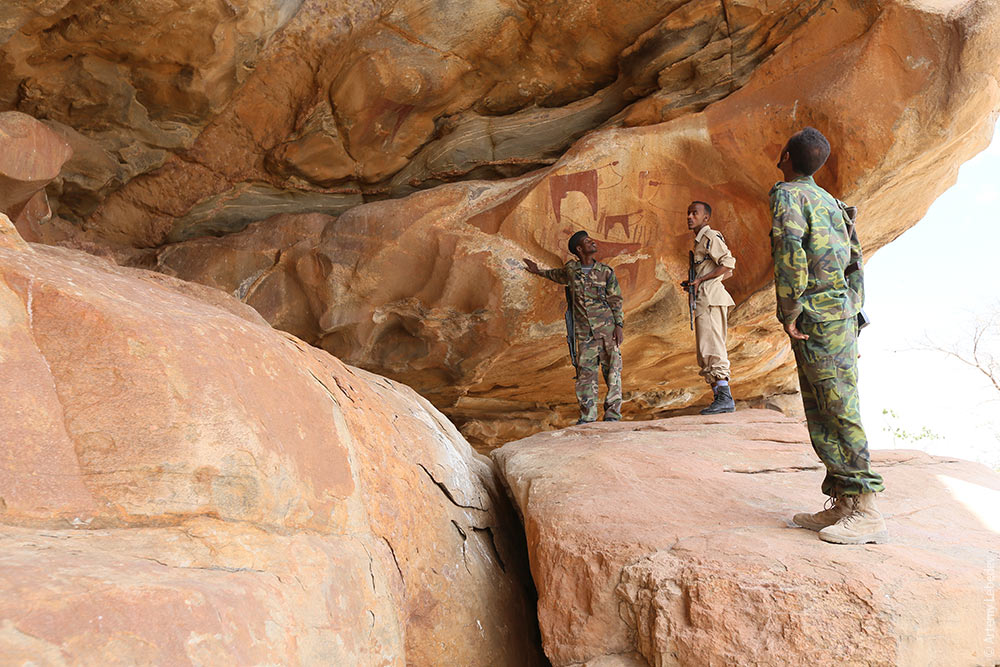 But Somaliland is presently in a legal vacuum, which gives rare visitors the opportunity to view the petroglyphs in their practically undisturbed original entourage. 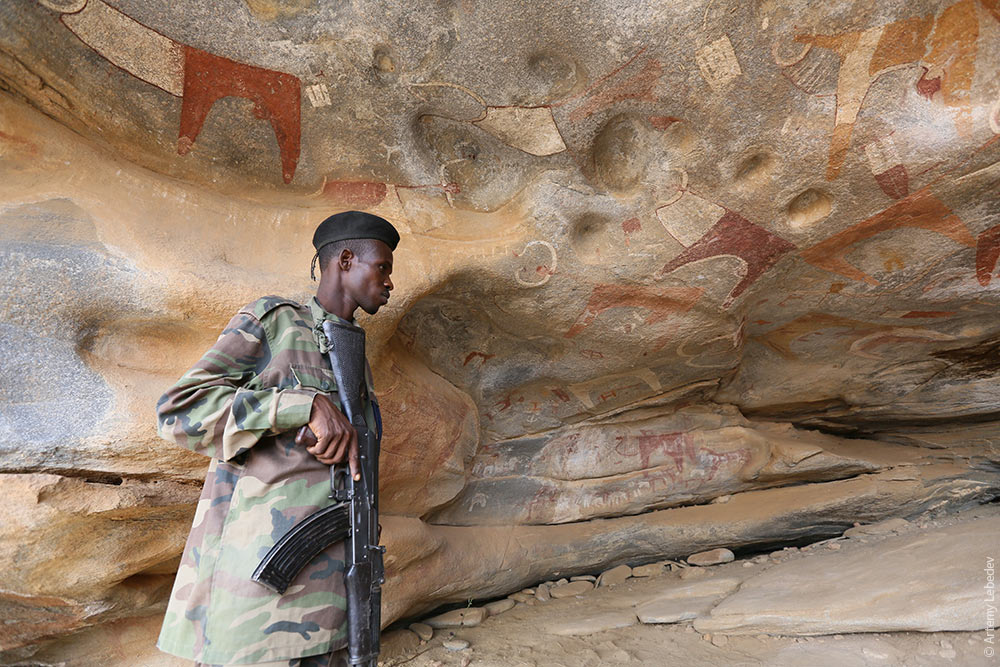 BerberaMapThere was a time when the USSR maintained a friendship with Somalia. Soviet experts built an airport and a seaport in Berbera. 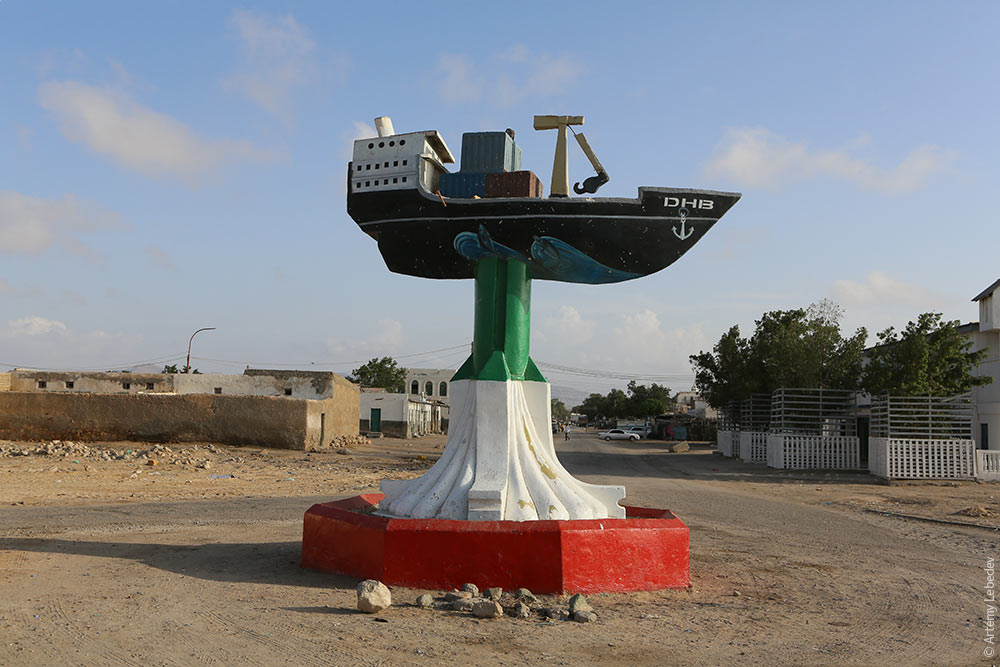 A hospital. 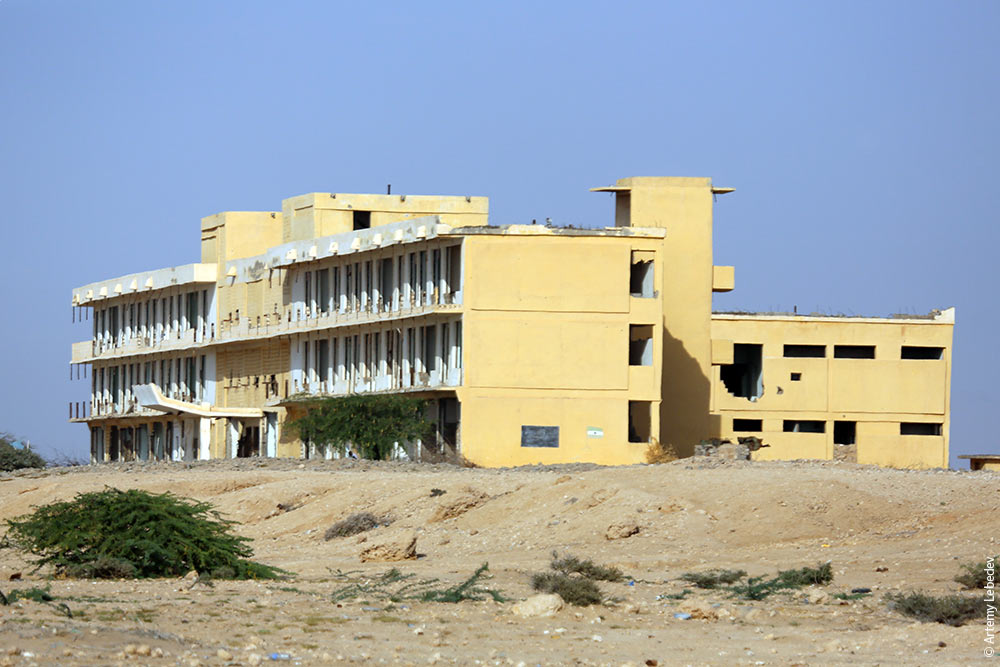 A residential block which is still called Moscow to this day. 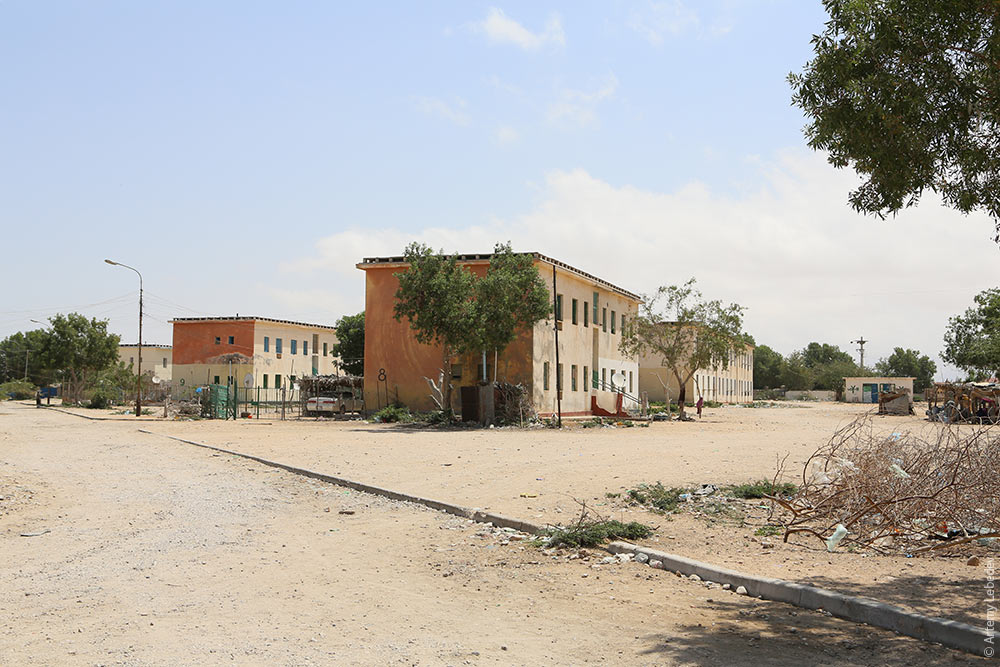 Now the city no longer presents any interest to anyone, and the remnants of destroyed buildings serve as yet another reminder of why new architecture should be beautiful and interesting. Everyone travels to see the ruins in Greece and Italy; no one is interested in seeing the ruins of slate mills. 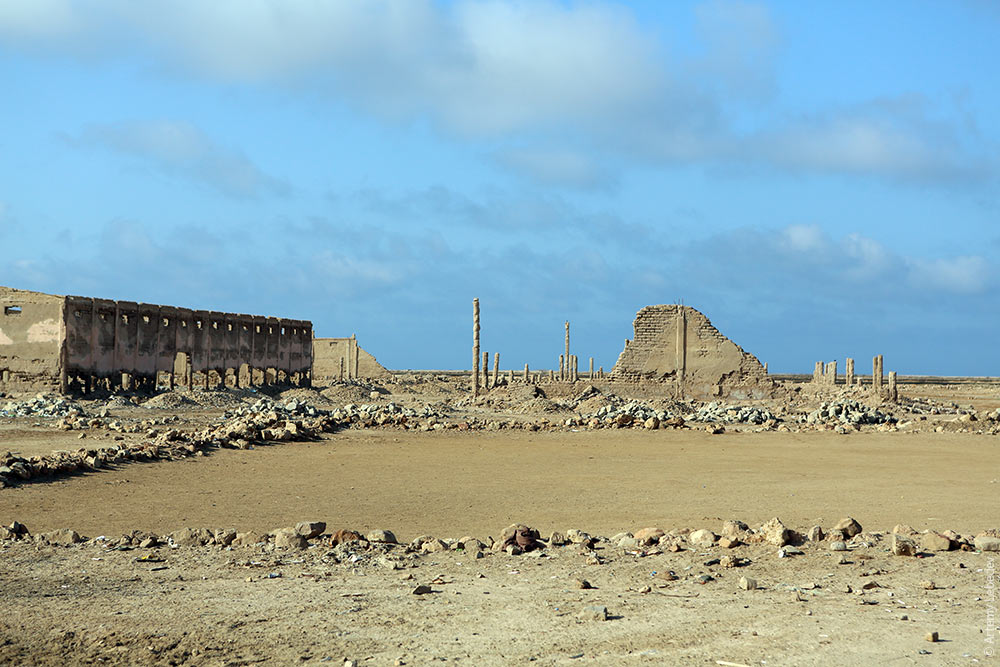 There are underground springs outside the city, and a system of aqueducts brings the water to people’s homes. Not far from the springs is an old Turkish—Egyptian fort dating back to before the British occupation. It looks exactly the way real unprotected ruins should. 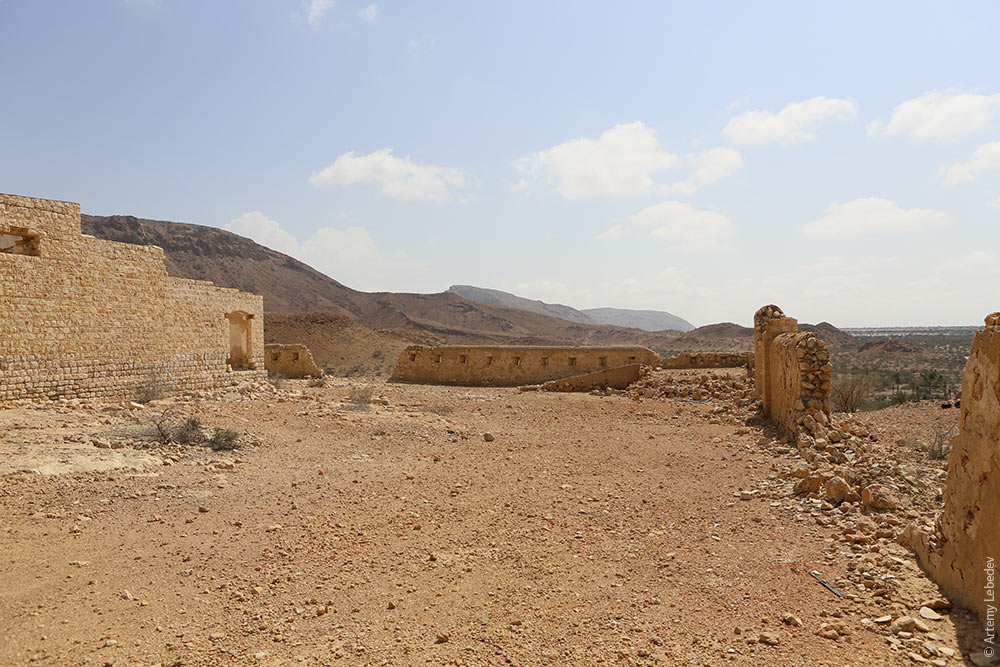 In one of the city’s squares, I discovered a secret strategic target—a ventilation tower. Most likely, there’s a bomb shelter or some other important thing underneath. Nothing else could explain a structure like this in the middle of a dusty one-story town. 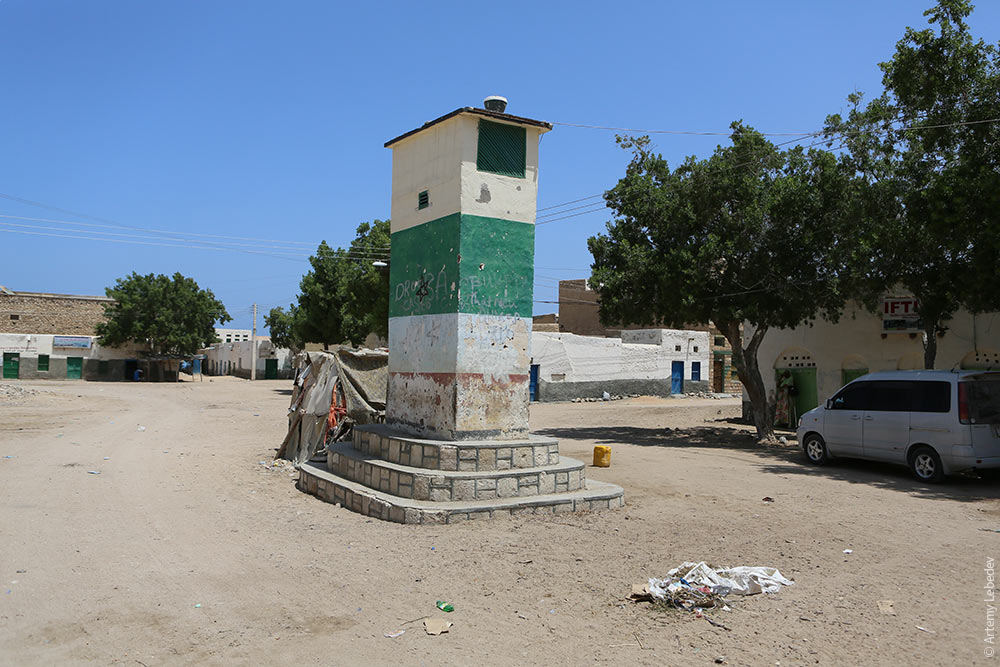 The goats are preparing to fly into space. 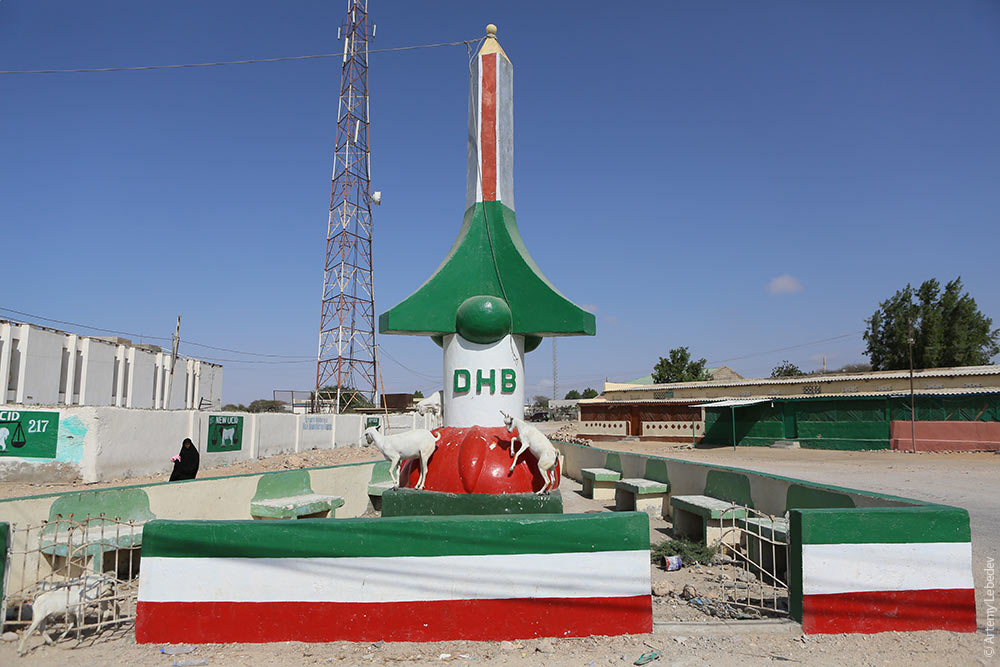 A highway with utility poles. 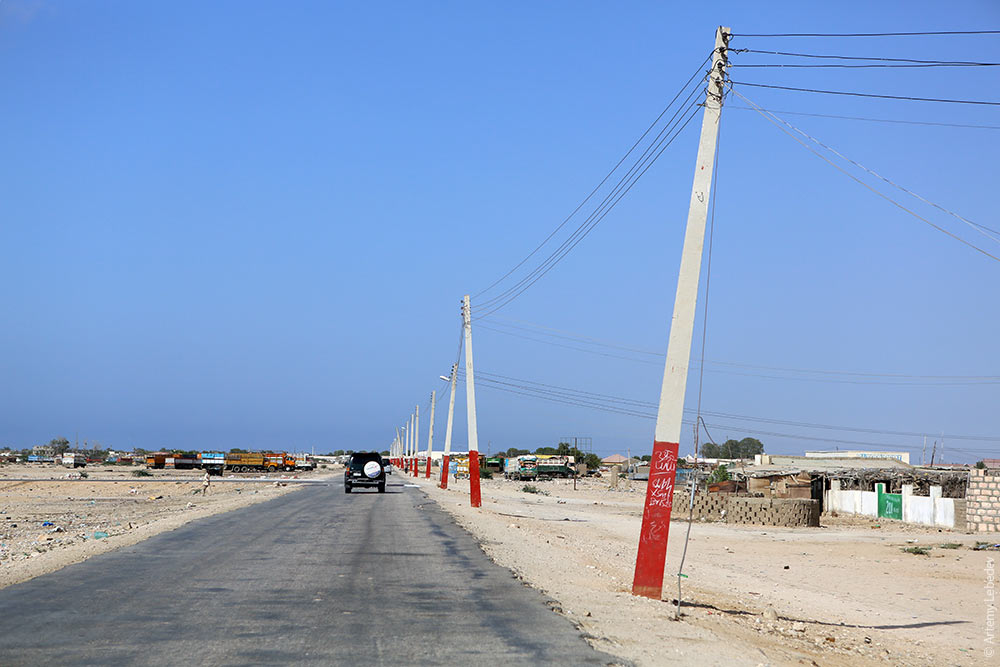 Something about caring for children. 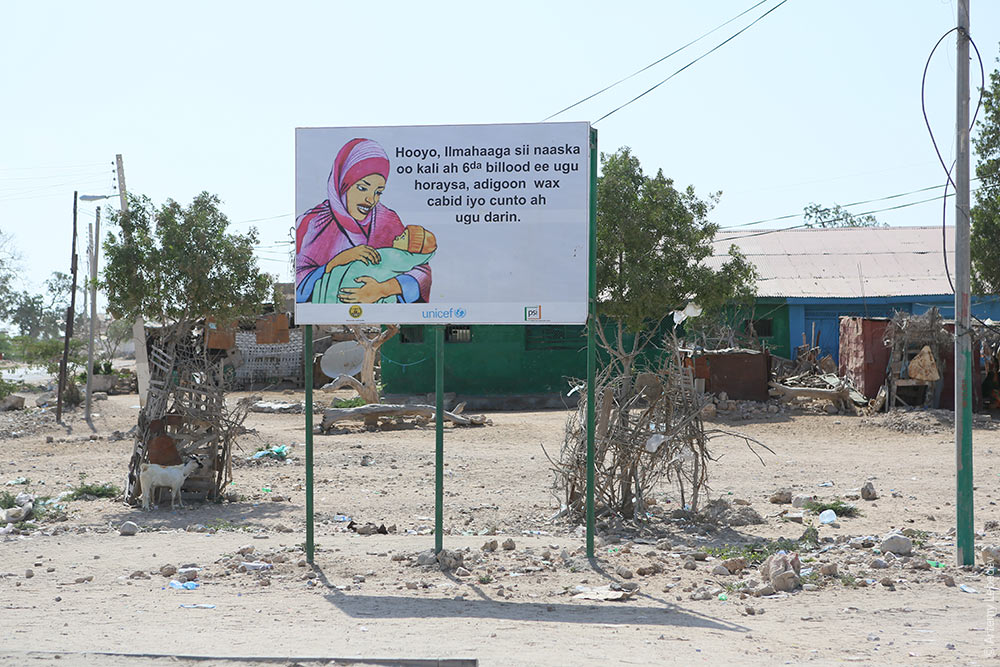 The children themselves. 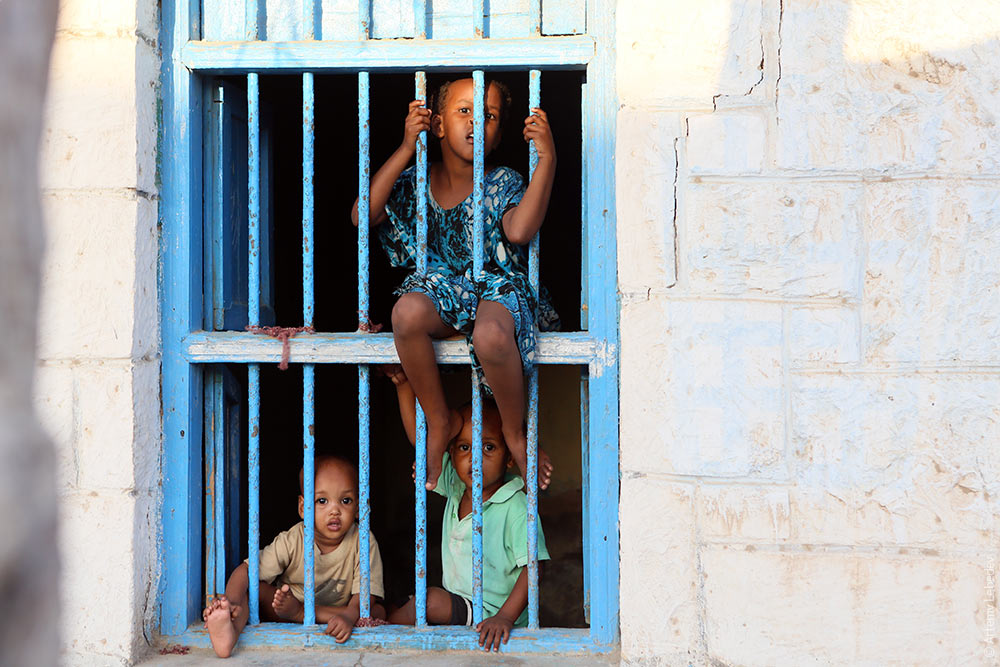 There isn’t much here in the way of entertainment. The kids make do with a wheel on a stick or a plastic bag on a string. 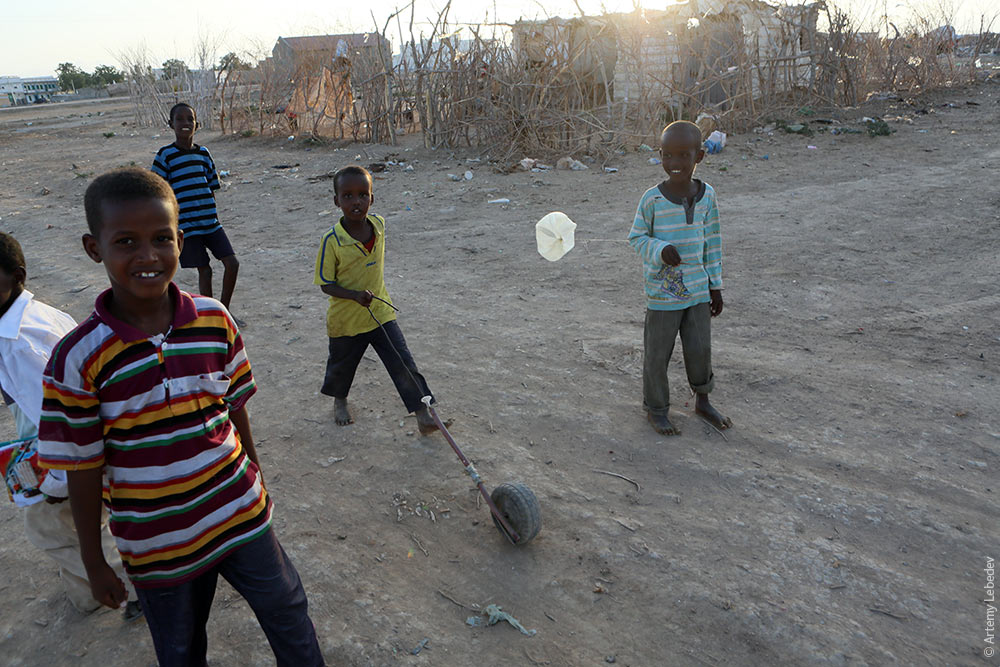 At the soccer field. 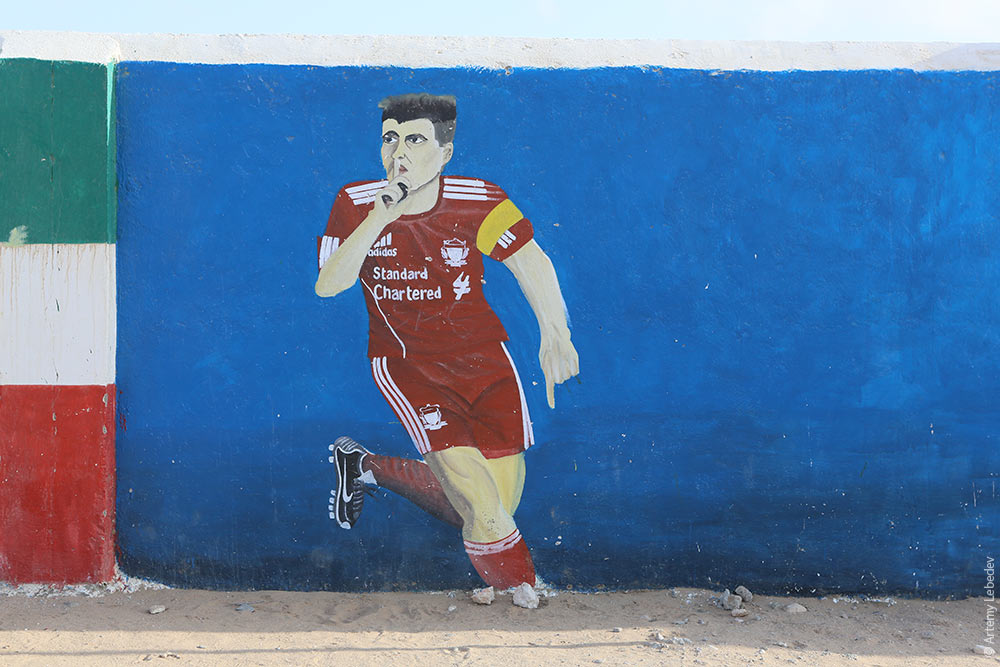 A home. 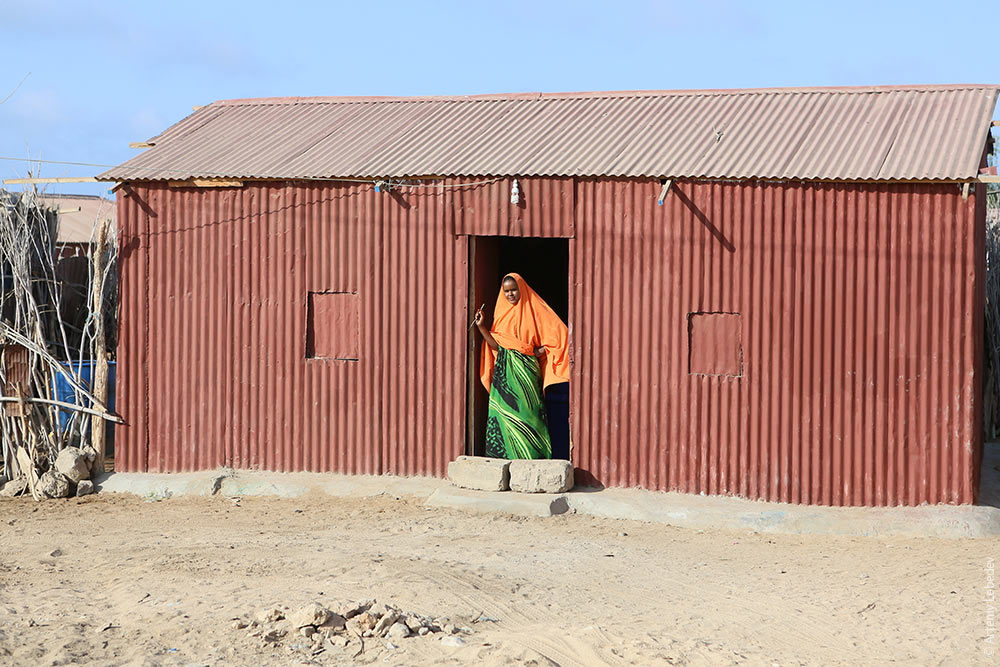 A street.  There are goats grazing everywhere. 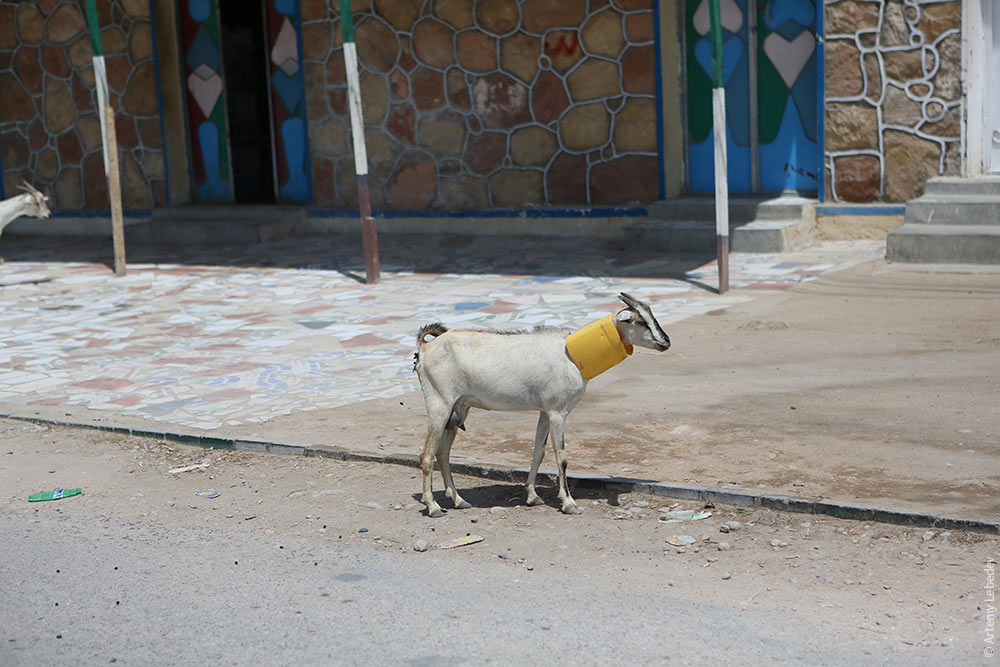 Trees are protected from the goats with elegant brick fences. 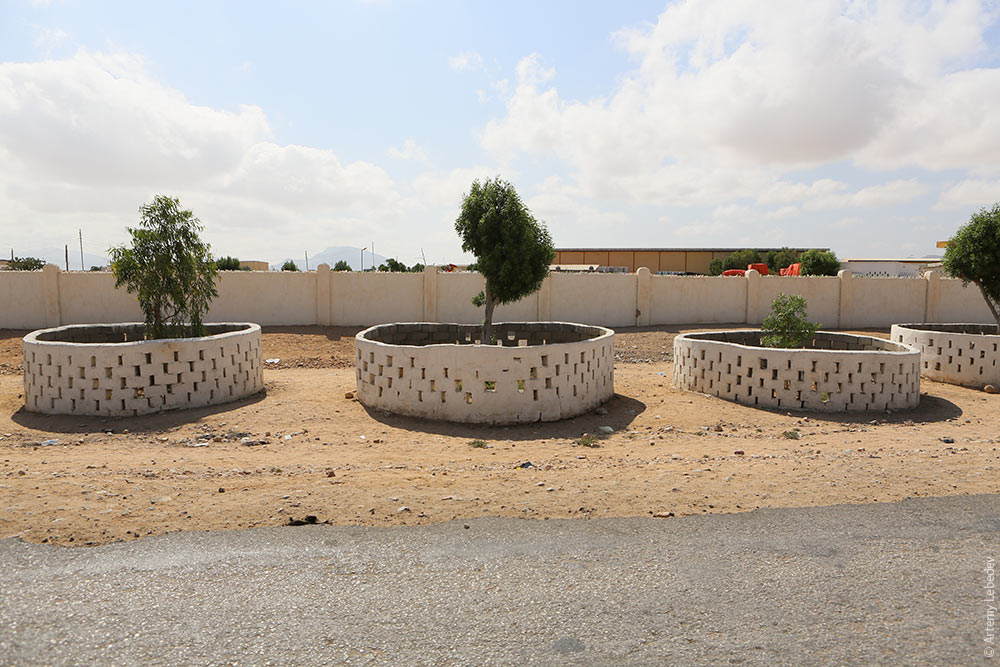 Sunny day, sweepin’ the clouds away. 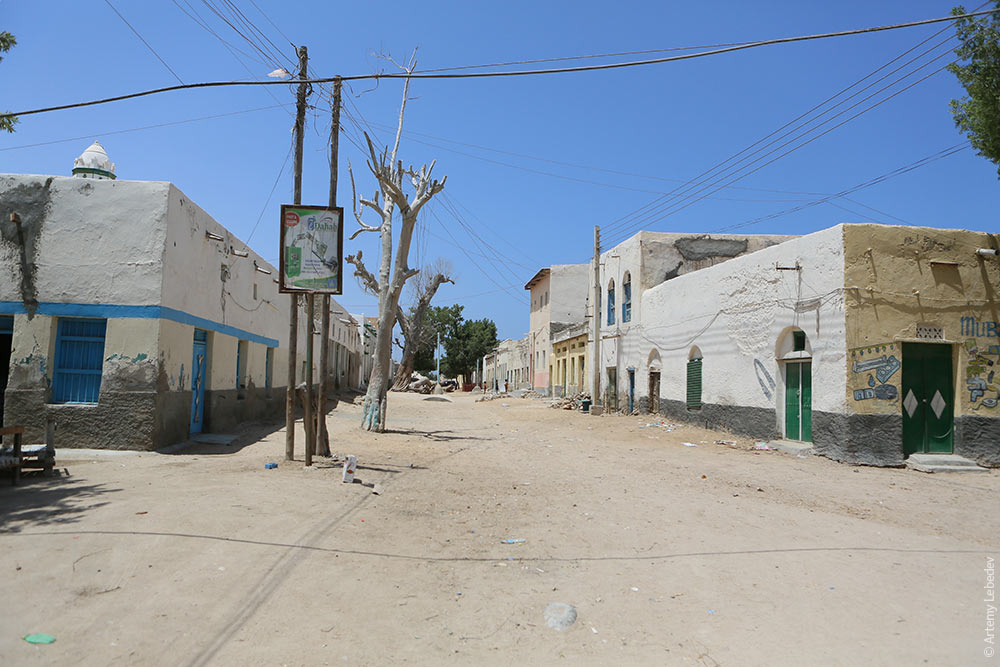 On my way to where the air is sweet. 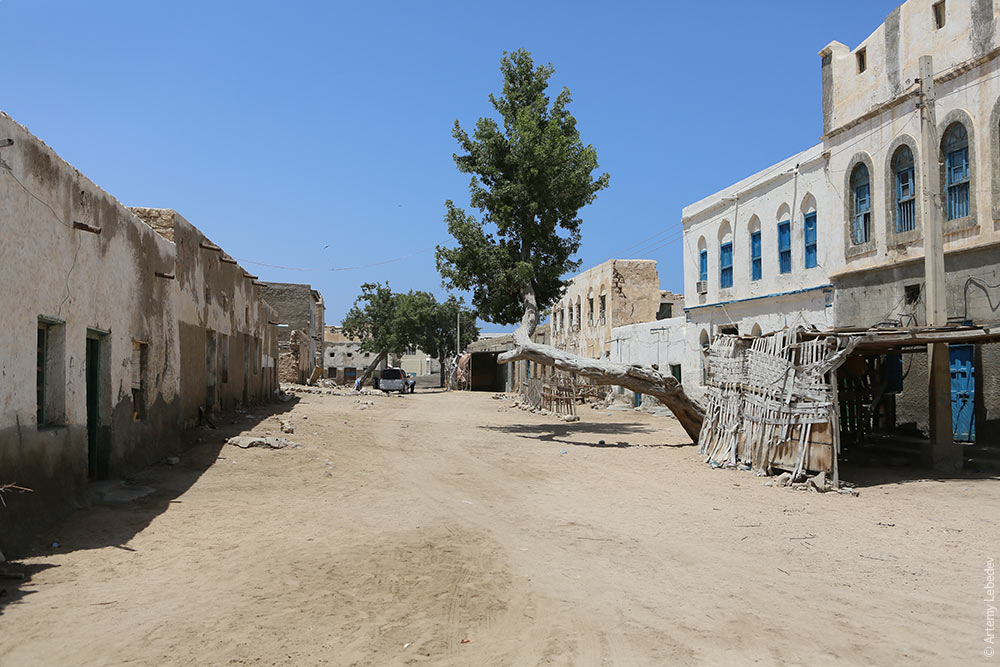 Can you tell me how to get, how to get to Sesame Street.  A sidewalk.  A mosque. 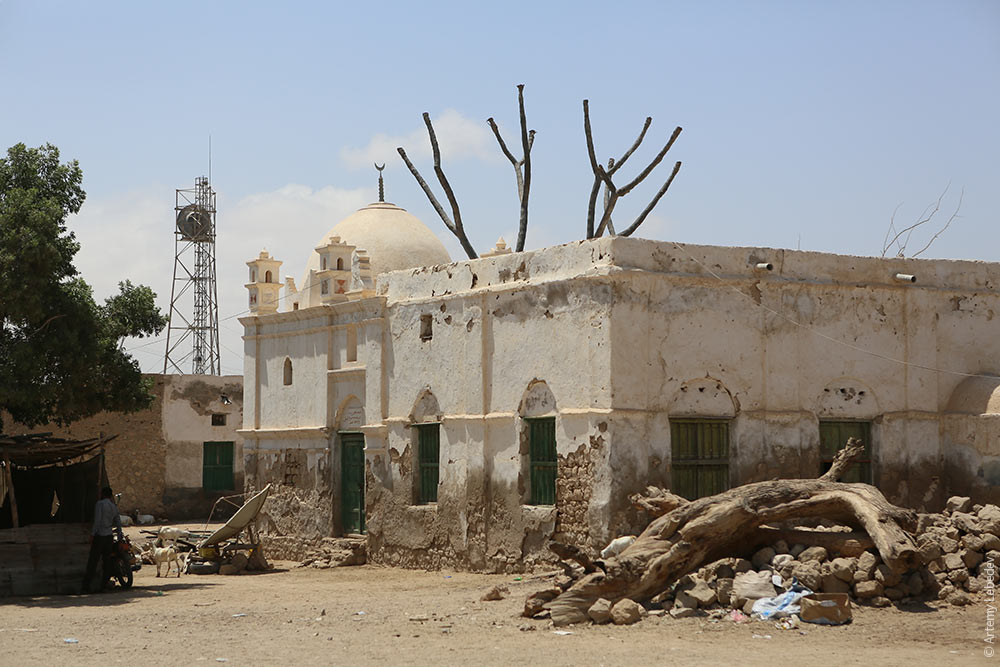 A synagogue. 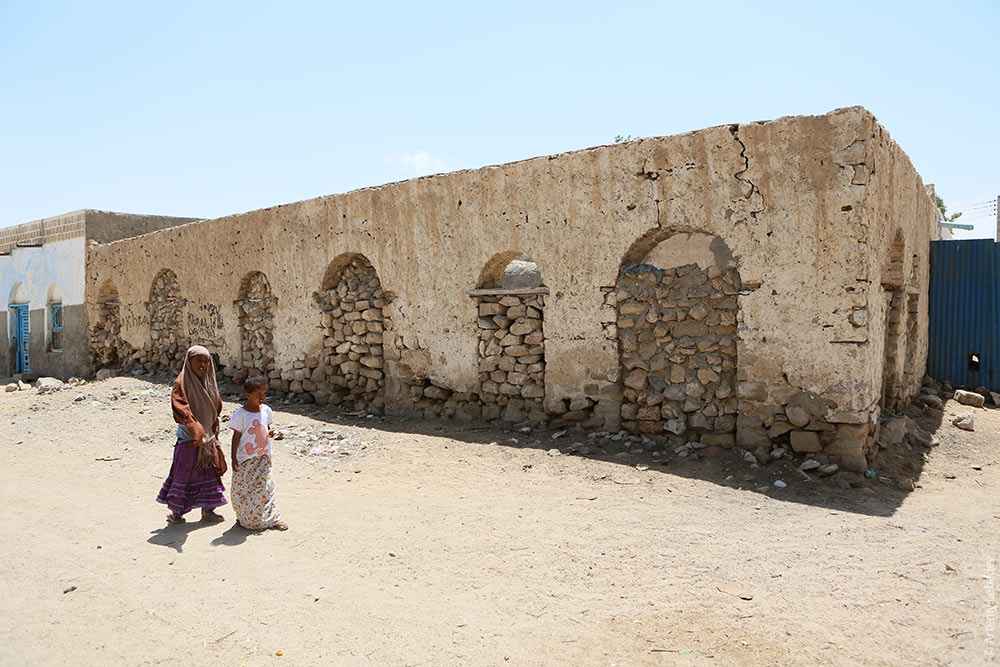 A nautical motif. 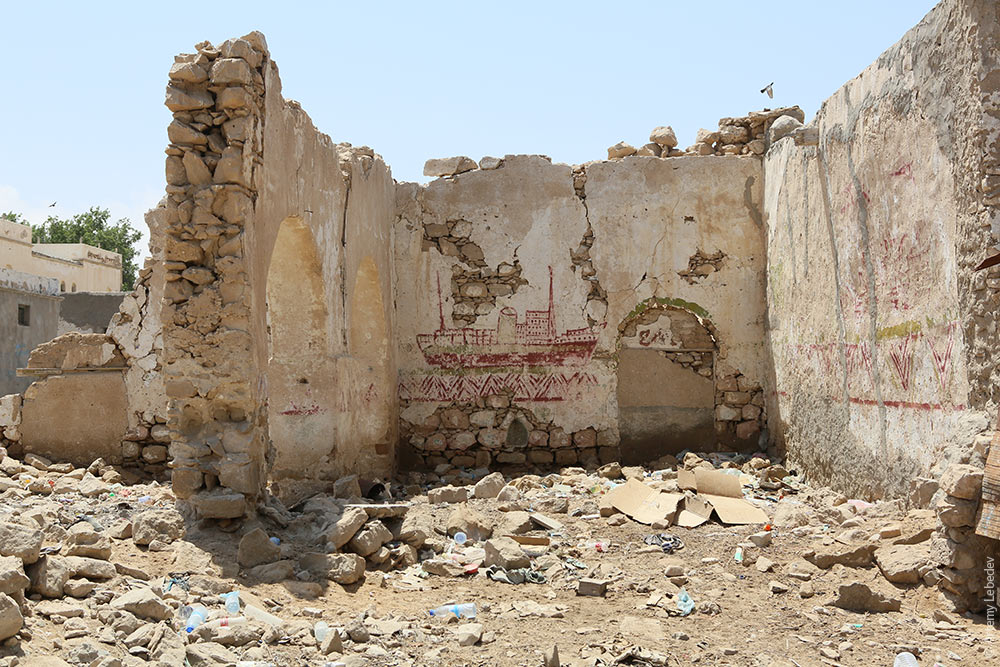 A view of the sea. 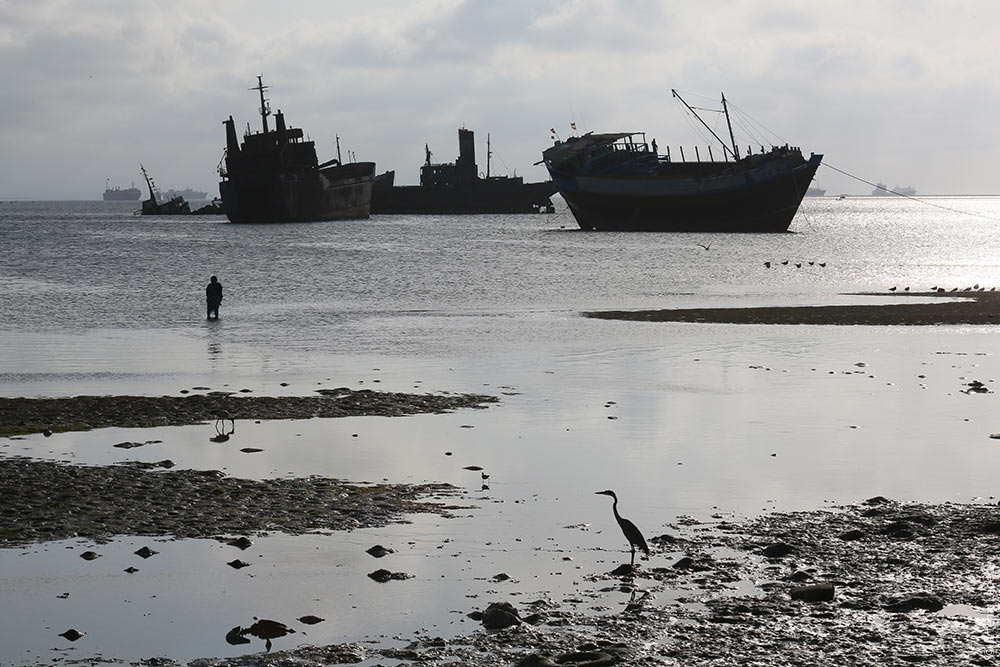 After death, every Berberian receives his due in the form of a pile of rocks and a small concrete brick with his name scratched into it. That’s simply all anyone can afford. 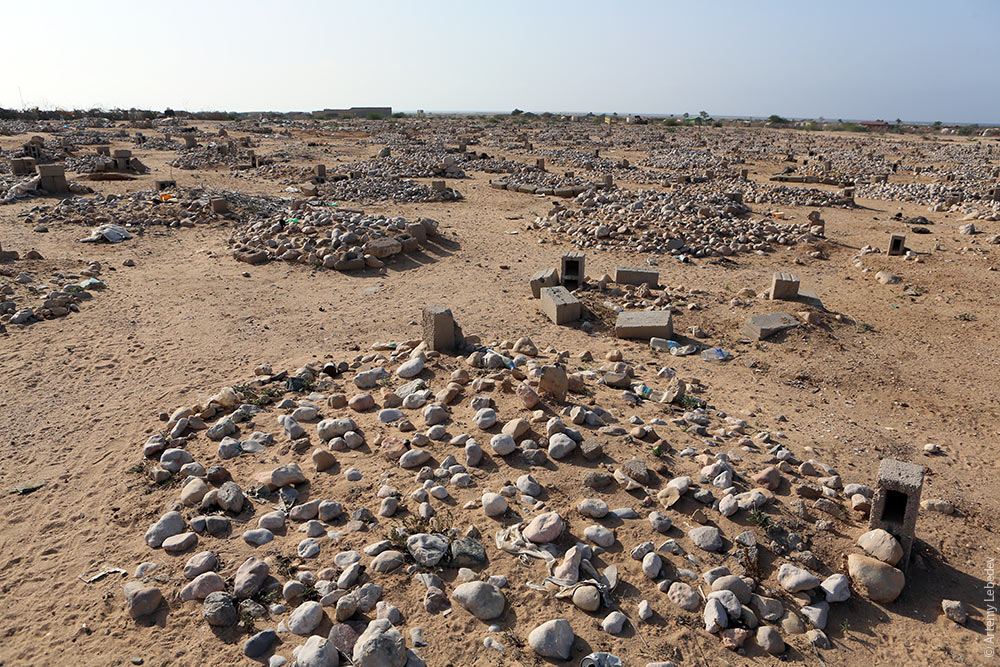 |